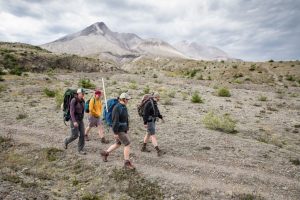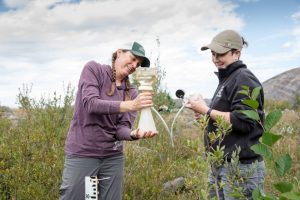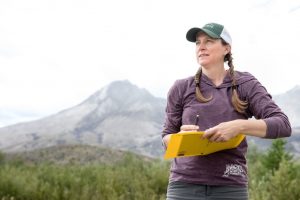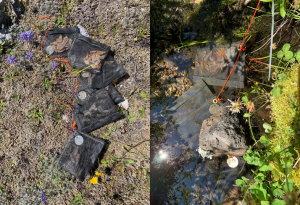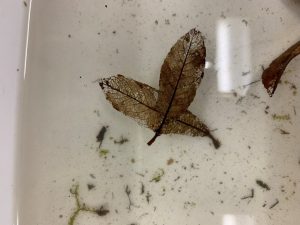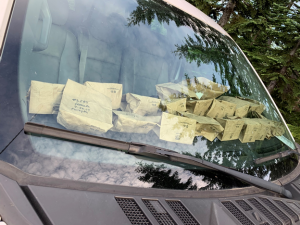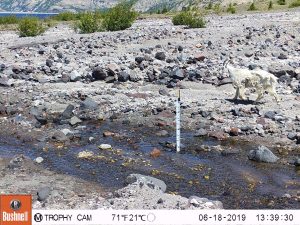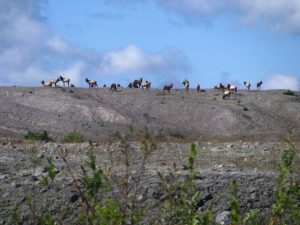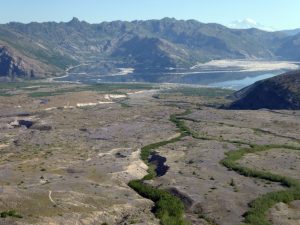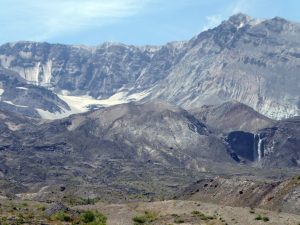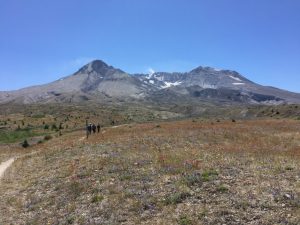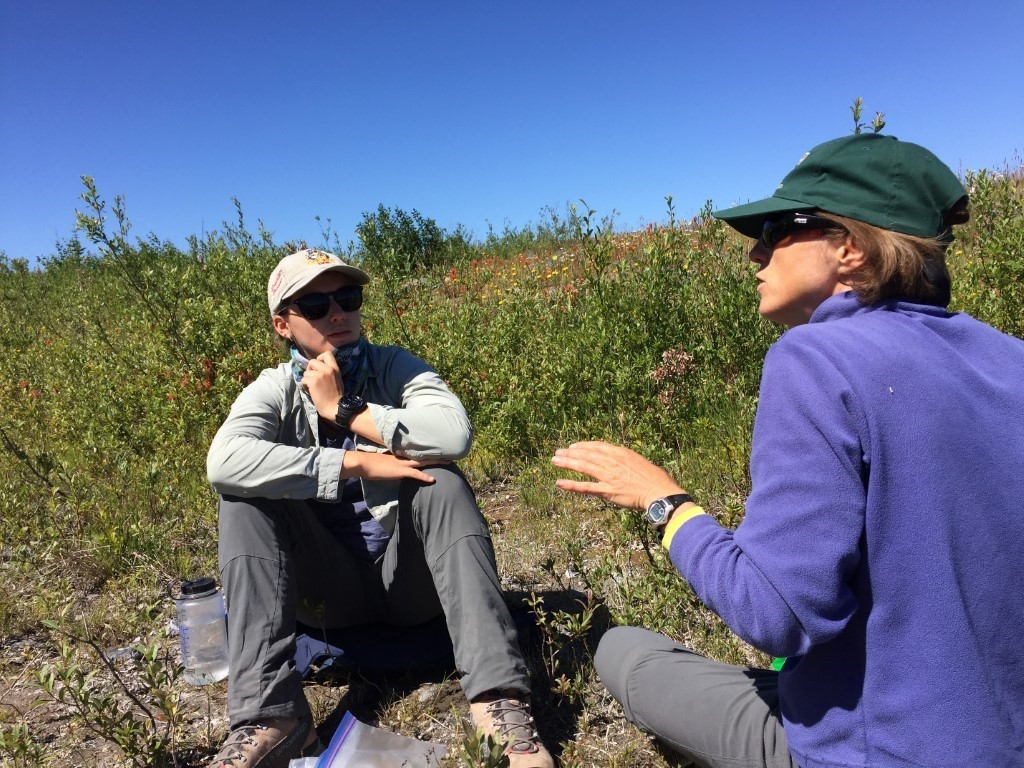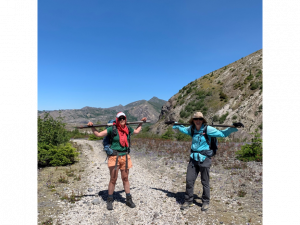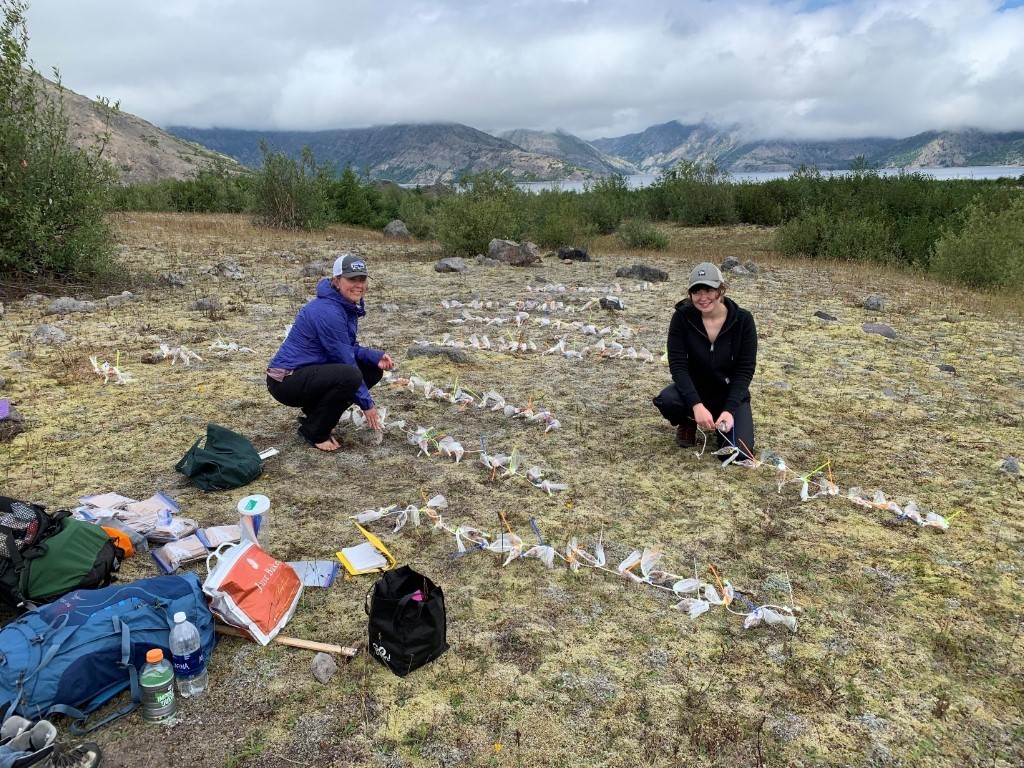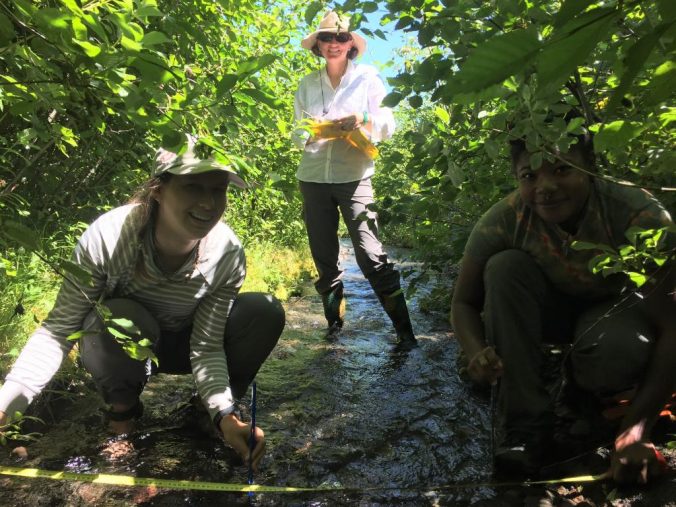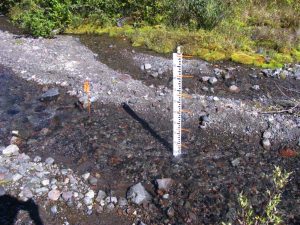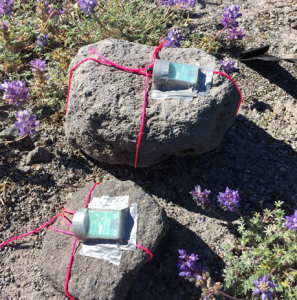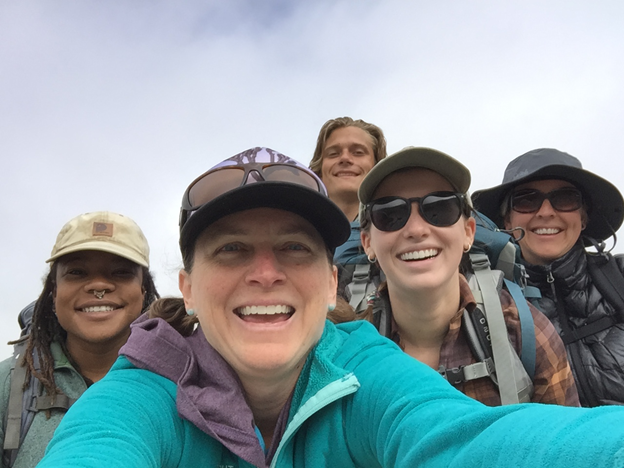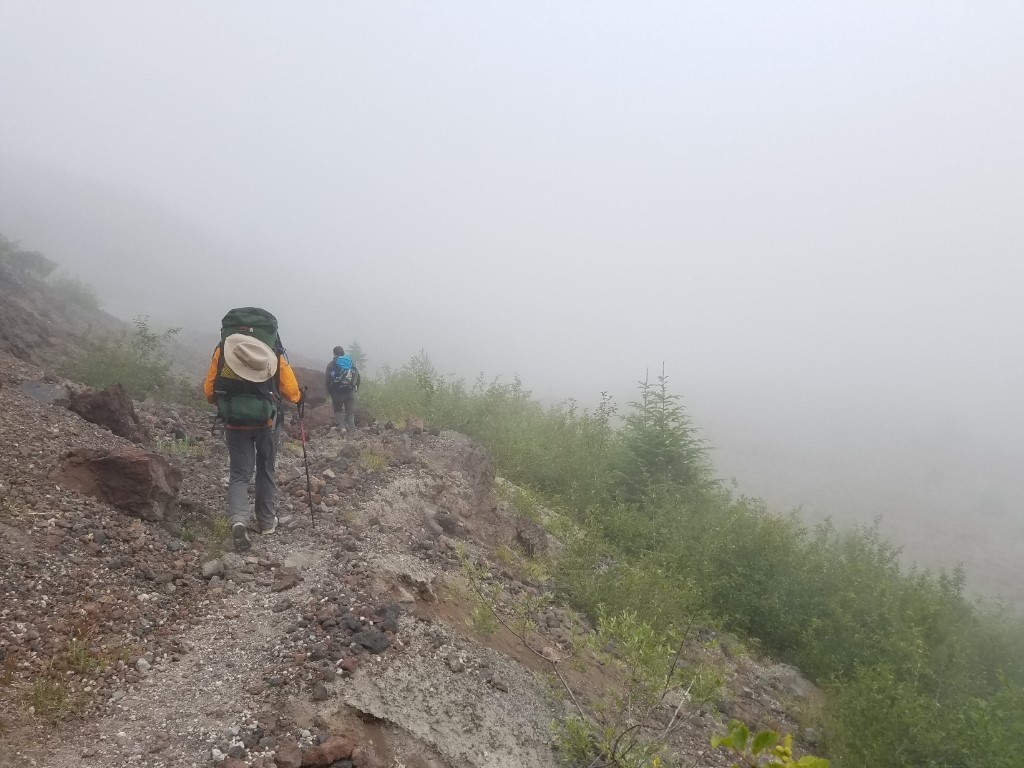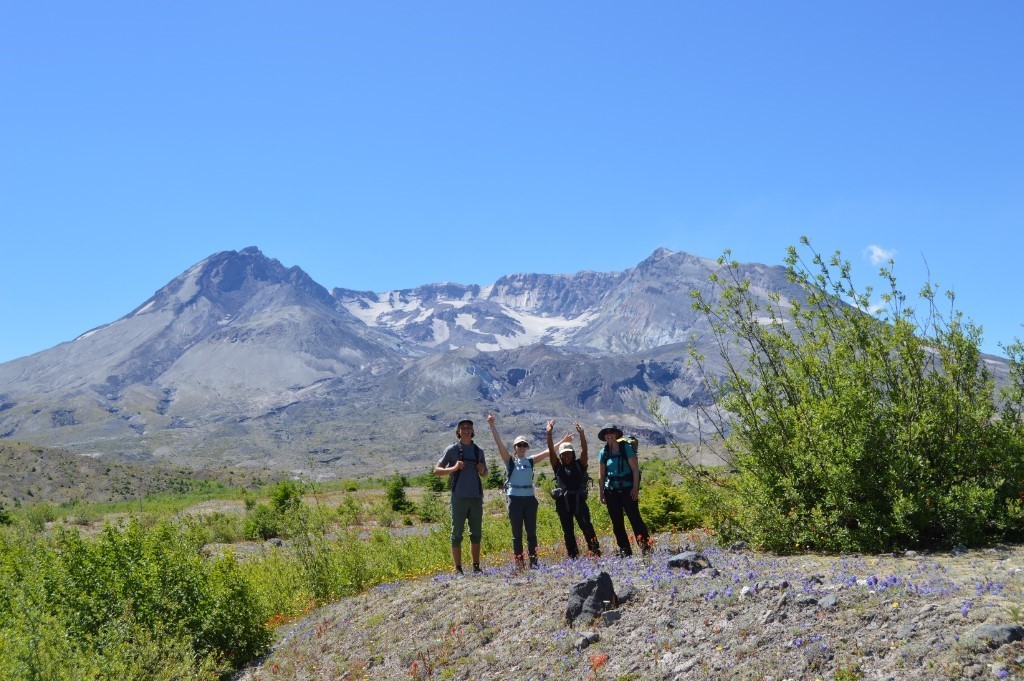
“It’s unconventional, but I view ecological studies as a radical form of generous listening to the world around us. My current listening project (research) investigates the temporal dynamics of multitrophic interactions in aquatic-terrestrial ecosystems.”
“I am currently studying interactions between Salix sitchensis phenology, phytochemistry and stream biota at MSH. Advancing our understanding in this research area allows for better predictions of climate -driven ecological mismatch in land-water ecosystems.”

“Research at MSH with Dr. LeRoy has allowed me to:
- Participate in NSF- funded research
- Conduct independent stream ecology research
- Co-author a peer-reviewed publication
- Form strong relationships with peers and mentors
- And so much more!”
“I am passionate about supporting other #WomenInSTEM and connecting youth with nature. I have such a supportive group in the L3 lab and I want to give others that same feeling of comfort with science and the natural world.”

“I am so excited to have two manuscripts in progress as an undergraduate. The sky is the limit for research opportunities at Evergreen. I am looking forward to publishing our research and sharing our work with the broader freshwater ecology community.”
“Research is an art form of listening, sometimes it is with a hyporheic well, an extraction, a pH meter, a mass spectra or simply sitting by the stream. Evergreen is my academic home, it understands my way of listening and my desire not to push my way into an answer but to find patterns and relationships in a landscape of uncertainty and null hypotheses.”

“Instead of starting with the question- what do I want to discover? I like to enter a new study system with “what wants to be discovered?” I come from a background in permaculture, where we are taught to watch the land for quite some time before jumping in and making changes. Where does the shade hit in November? What family of plants sprout in February? Where does rain collect in December? That’s the kind of science I like to do- meaningful, thoughtful and full of listening.”






